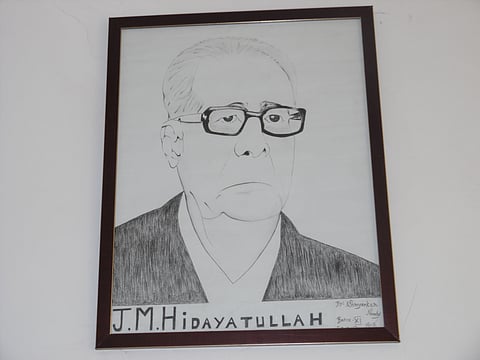
- Latest Legal News
- News
- Dealstreet
- Viewpoint
- Columns
- Interviews
- Law School
- Legal Jobs
- हिंदी
- ಕನ್ನಡ

As the opposition nominates Justice (retd.) B Sudershan Reddy, former judge of the Supreme Court, as its candidate for India’s next Vice-President, it is an opportune moment to reflect on the illustrious tenure of Justice M Hidayatullah beyond the corridors of the Supreme Court.